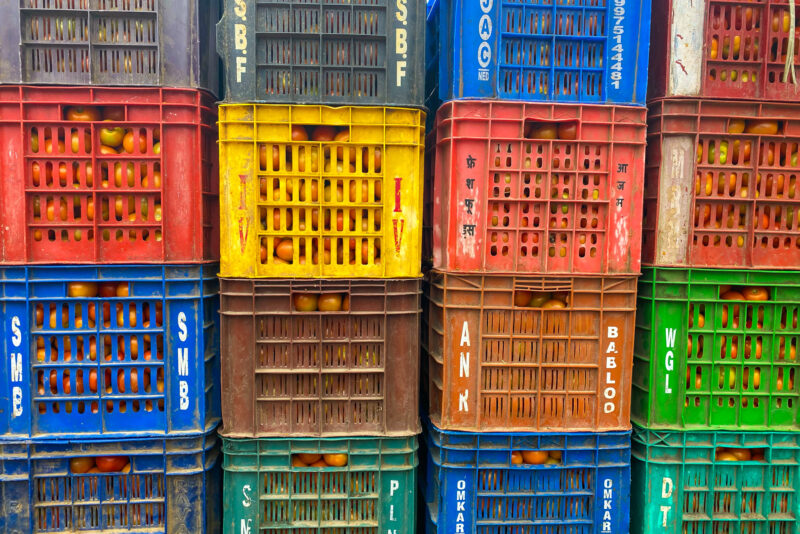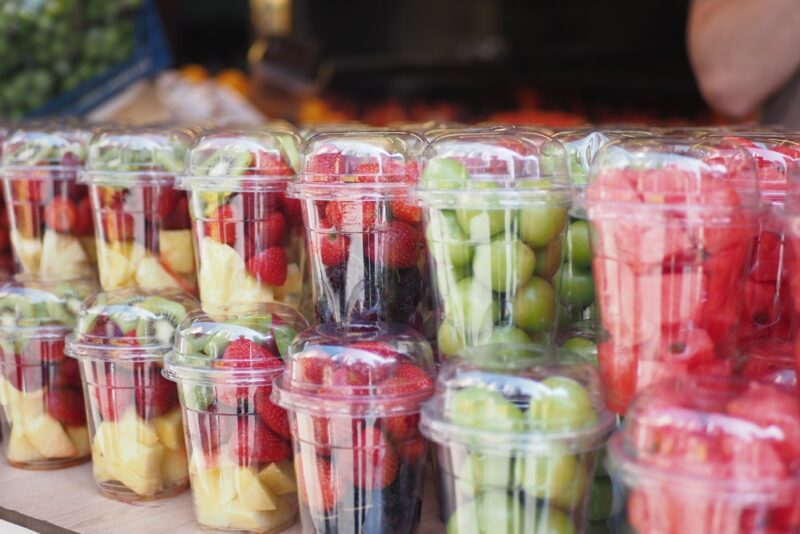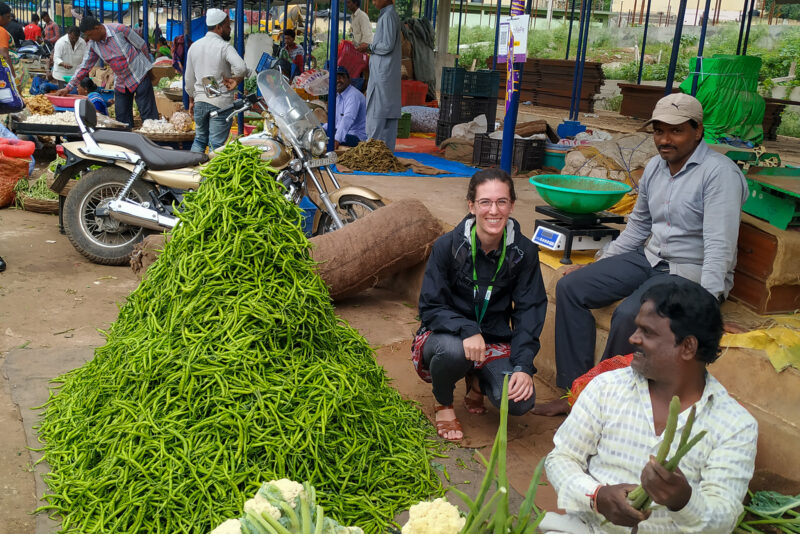Millets Are Key to Making the PDS Environmentally Friendly
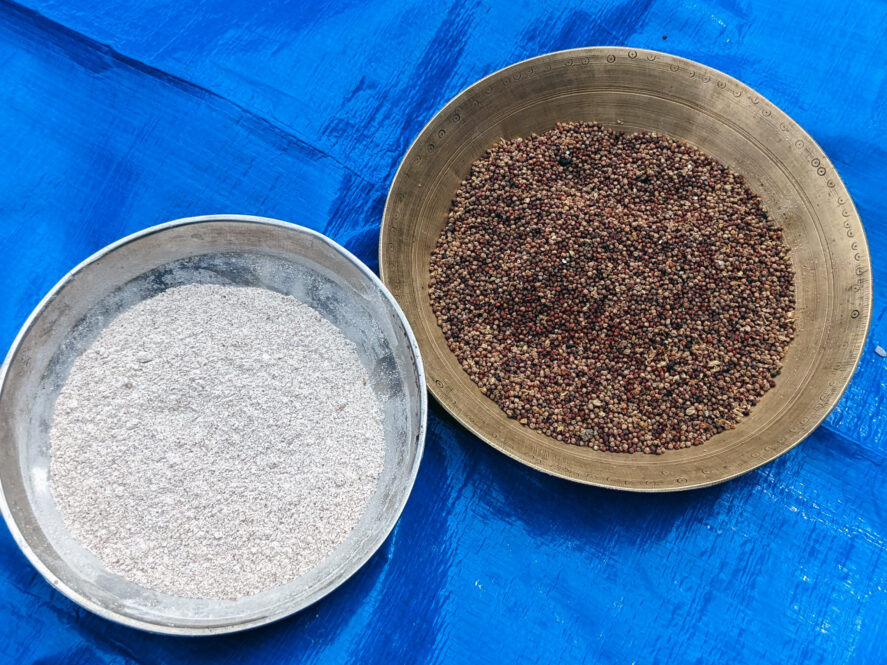
In 2021–22, India spent US$17.4 billion on the Public Distribution System, or PDS. For a program that ensures food security for over 800 million people, that seems like a good bargain. However, new research on the hidden costs of the PDS from the Tata-Cornell Institute for Agriculture and Nutrition (TCI) reveals opportunities to lower the program’s environmental impact and make it more sustainable.
In a peer-reviewed study published in the journal Environmental Research Letters, TCI researchers used a technique known as “true cost accounting” to calculate the total cost of the PDS in the 2021–22 fiscal year. They found that the true cost of the program was US$45.3 billion when the economic and environmental impacts of rice and wheat production were considered, compared with US$16.5 billion budgeted by the federal government and US$900 million spent by PDS beneficiaries to buy subsidized grain. The single largest hidden cost was the use of scarce water for irrigation, followed by greenhouse gas emissions and fertilizer subsidies.
One way to reduce that cost, according to the researchers, is to substitute some of the rice provided through the PDS for millets, a nutritious grain that the Indian government has promoted in recent years. According to the TCI analysis, replacing 1 kilogram of rice with millets for 200 million PDS beneficiaries would shrink the program’s true cost by US$1.37 billion each year.
“The PDS is a remarkable program that helps keep hundreds of millions of Indians food secure, but this analysis shows that there are opportunities to reduce its total cost,” TCI Director Prabhu Pingali said. “Providing more millets through the PDS is an especially beneficial cost-reduction strategy, as millets provide key nutrients that rice does not and are more environmentally sustainable to produce.”
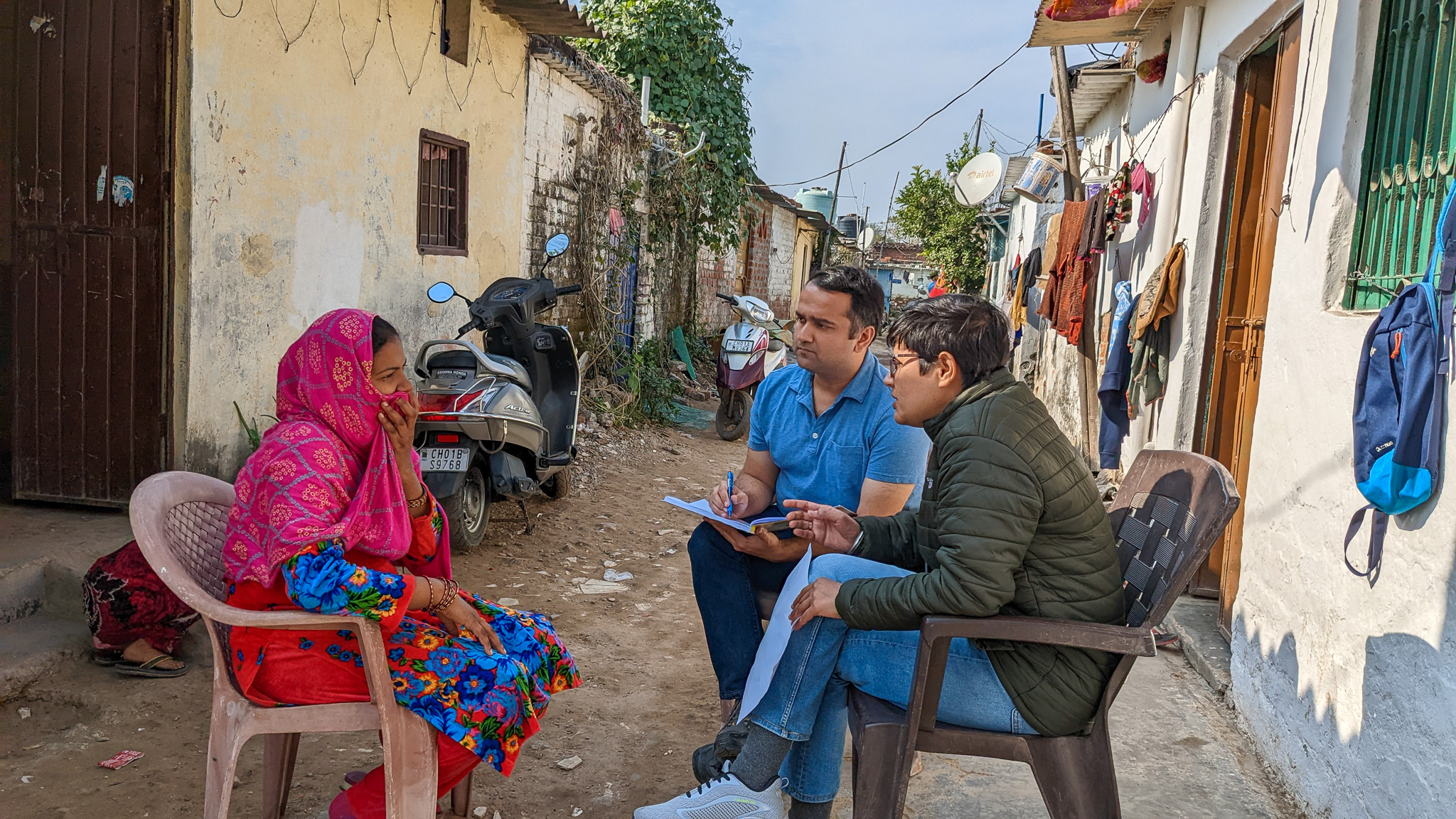
TCI Research Associate Raghav Puri interviews a PDS beneficiary in Chandigarh. (Photo provided)
The PDS provides subsidized food to more than 800 million Indians. Under the program, eligible households are entitled to purchase 5 kilograms of rice, wheat, or coarse grains per person each month from fair-price shops located throughout the country. In 2021–22, the price of a kilogram of rice and wheat purchased from a PDS shop was 3 and 2 rupees, respectively, compared with average market prices of approximately 35.4 and 28.1 rupees. Grain distributed through the PDS is purchased by the government at a guaranteed minimum support price. In 2021–22, the government purchased 44% and 41% of the rice and wheat produced in India.
Despite playing an important role in maintaining food security in India, the PDS is not immune from criticism. Grain procurement for the program is imbalanced, benefiting farmers from only a small number of states. Notwithstanding efforts at decentralization, five states account for 71% of all procurement. The PDS also encourages the consumption of rice and wheat over more nutritious alternatives, such as millets. While a 2013 law provides for the inclusion of millets in the PDS, so far only Karnataka provides millets to beneficiaries at scale.
The TCI analysis focused on the hidden economic and environmental costs of the PDS that are not reflected in the government budget. Using publicly available data, researchers estimated that the cost of fertilizer subsidies for rice and wheat distributed through the PDS was US$1.9 billion in 2021-22, while the cost of power subsidies came in at US$1.4 billion.
To assess the environmental cost of the PDS, the researchers monetized the impacts of unsustainable water use and greenhouse gas emissions. Scarce water use was calculated at a cost of US$18.6 billion. This is due to Indian farmers’ reliance on irrigation to grow wheat during the dry season as well as the common practice of flooding paddy fields to prevent the growth of weeds. Greenhouse gas emissions from rice and wheat production add another US$6 billion to the true cost of the PDS. The flooding of paddy fields is primarily responsible, as it causes the decomposition of organic materials into methane gas.
The hidden costs of the PDS are not borne equally across India. The TCI study shows that the states from which the most grain is procured bear the brunt of the environmental effects, especially scarce water use and power subsidies. Punjab and Haryana, in particular, feel the impact from the environmental impact of the PDS. In Punjab, excessive water usage has caused a large decline in groundwater levels.
“If policymakers look only at their balance sheets, millets may seem like an expensive replacement, particularly for wheat, but the true cost approach shows that the hidden benefits of including millets in the PDS are immense.”
Puri and Pingali chose to model the impact of adding millets to the PDS because provisions in the National Food Security Act of 2013 make their inclusion politically and administratively feasible, and the government promotes their consumption. They limited the inclusion of millets to just one-quarter of beneficiaries to account for the current production levels of millets and consumers’ strong preferences for rice and wheat in many states.
Despite lower minimum support prices for millets, the study shows that the true cost of rice and wheat is 2 and 1.8 times that of millets, respectively, yielding a US$1.37 billion reduction in the true cost of the PDS through their inclusion in the program. The lower true cost of millets is due to the significantly lower usage of scarce water involved in their production.
The introduction of millets could also help to correct the imbalance of procurement for the PDS among states. Because millet-producing states do not produce as much rice and wheat, adding millets would potentially promote local procurement and increase farmer incomes in states that do not currently benefit from PDS procurement.
However, millets have significantly lower yields than rice and wheat. The area of land under millet cultivation in India has declined in the past few decades, in large part because of the incentives to grow rice and wheat created by PDS procurement. According to the researchers, including millets in the PDS could help to reverse this decline, but would require significant investments to improve yields, develop infrastructure, and promote millets to consumers. Under the scenario modeled by TCI, the national government would have to procure 2.6 million tons of millets each year for the PDS.
“If policymakers look only at their balance sheets, millets may seem like an expensive replacement, particularly for wheat, but the true cost approach shows that the hidden benefits of including millets in the PDS are immense,” said TCI Research Associate Raghav Puri, lead author of this study.
To calculate the true cost of the PDS, TCI used a true cost accounting framework developed by the Rockefeller Foundation to identify, quantify, and monetize its economic, environmental, health, and social costs. The researchers decided to limit their analysis to economic and environmental costs because of the availability of data. For similar reasons, they chose to focus on specific environmental impacts like scarce water use and greenhouse gas emissions.
“Our accounting of the PDS is expansive, but not completely exhaustive of its hidden costs, making our estimates of the true cost of the PDS quite conservative,” Puri said. “With further research, we can find even more opportunities to make the program more cost-effective and environmentally sustainable.”
Featured image: Ragi millets and millet flour. (Photo by Raghav Puri/TCI)



